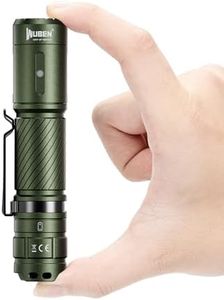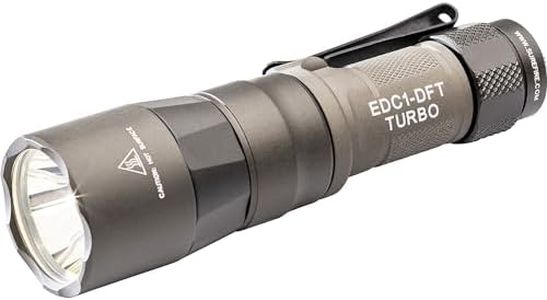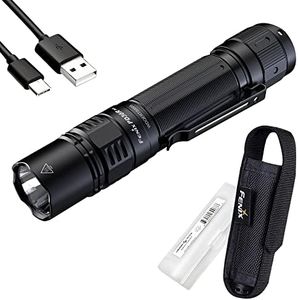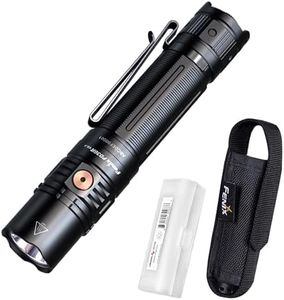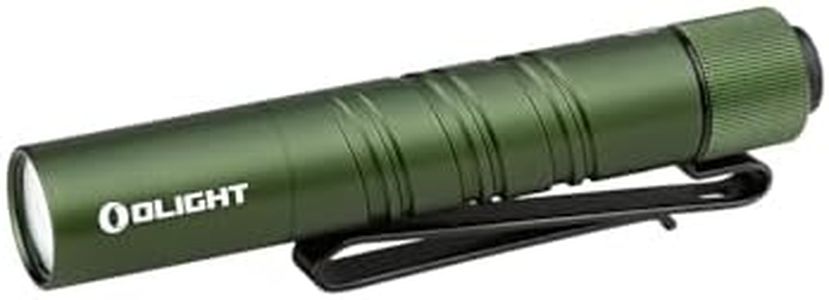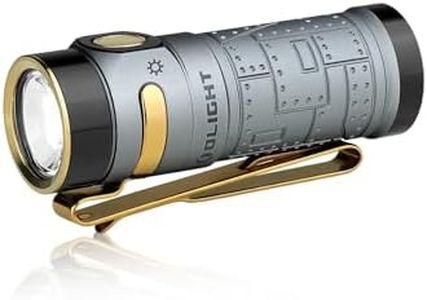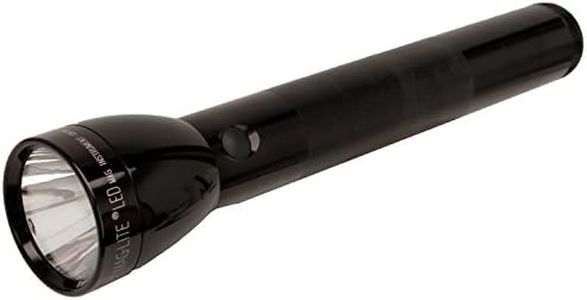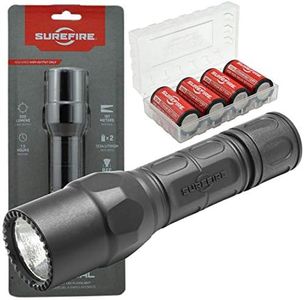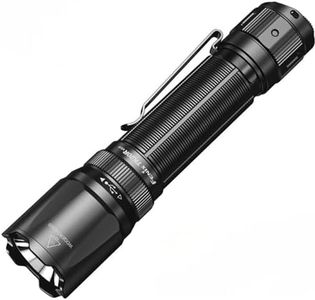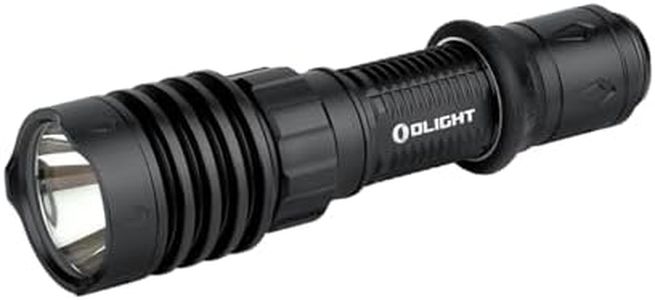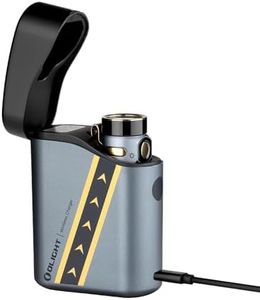We Use CookiesWe use cookies to enhance the security, performance,
functionality and for analytical and promotional activities. By continuing to browse this site you
are agreeing to our privacy policy
10 Best Pilot Flashlight
From leading brands and best sellers available on the web.Buying Guide for the Best Pilot Flashlight
Choosing a pilot flashlight is all about reliability, ease of use, and suitability for the aviation environment. Pilots need flashlights for pre-flight inspections, cockpit use, and emergency situations, so the best option should be compact, powerful enough for different tasks, and easy to operate, even in the dark or with gloves on. It's also important to consider how the flashlight interacts with flight instruments and night vision. The buying process should focus on real-world scenarios you expect to encounter, helping you match features to your typical flying conditions and personal preferences.Light Color ModesLight color modes refer to the types of light the flashlight can emit, such as white, red, or green. This is important because different colors serve different purposes in aviation; for example, red light helps preserve night vision and reduces glare on flight instruments, while white light is better for general use and inspecting the aircraft. Flashlights with selectable light modes allow you to adapt to different cockpit needs. If you often fly at night, a red mode will be very useful. For daytime pre-flight checks, white light is more practical, so consider your typical flying hours and environments when making your choice.
Brightness (Lumens)Brightness is measured in lumens, with higher numbers meaning a stronger, more intense light beam. Too much brightness can cause glare and disrupt your night vision in a cockpit, while too little brightness might make it hard to see important details during an inspection. Flashlights typically range from 20 lumens for dim settings up to several hundred lumens for more powerful tasks. Pilots generally benefit from a flashlight with adjustable brightness, allowing low levels for cockpit use and higher settings for walking around the aircraft. Think about your main use: do you need more subtle lighting inside, or strong light outside? Pick a flashlight with a brightness range that fits those needs.
Size and WeightSize and weight refer to how bulky or light the flashlight is. Pilots often work in tight spaces and carry multiple tools, so a compact and lightweight flashlight is easier to carry in a flight bag or pocket. Large flashlights can provide more power, but might be inconvenient or even cumbersome during flight. Smaller flashlights fit better in a pocket or on a lanyard, making them quicker to access in the dark. If you value portability and ease of use in confined spaces, opt for a smaller, lighter model. However, if you need extended battery life or more grip, a slightly larger body may be beneficial.
Power Source (Battery Type)The type of battery a flashlight uses affects how long it lasts and how easy it is to keep powered up. Some flashlights use regular AA or AAA batteries, which are easy to replace, while others have rechargeable lithium-ion batteries, which save money and reduce waste over time. Single-use batteries are handy when you might not have access to a charger, and rechargeable batteries are great if you fly often and want to avoid frequently buying replacements. Think about your typical flight duration and access to charging—pick a flashlight with a battery system that matches your habits and ensures you won’t be left without light.
Durability and Weather ResistanceDurability relates to how well the flashlight can handle drops, vibration, and rough handling, and weather resistance is about its performance in rain, humidity, or dust. Pilots kneel on tarmacs, inspect planes outside, and might be caught up in sudden weather, so the flashlight needs to work no matter what. Look for models rated as water-resistant or waterproof (often noted by an IPX rating) and ones that are designed to withstand accidental drops. If your flying regularly exposes you to tough conditions, prioritize a more rugged and weather-resistant build.
Operation and ControlsOperation and controls cover how you turn the flashlight on, change light modes, and adjust brightness. This is important because pilots often need to work in darkness or while wearing gloves, so large buttons, intuitive switches, or one-handed operation can make the difference. Complicated controls can lead to mistakes or delays, especially during emergencies. If you prefer simplicity or often operate in stressful situations, opt for a flashlight with easy, straightforward controls and minimal modes you can change without looking.

